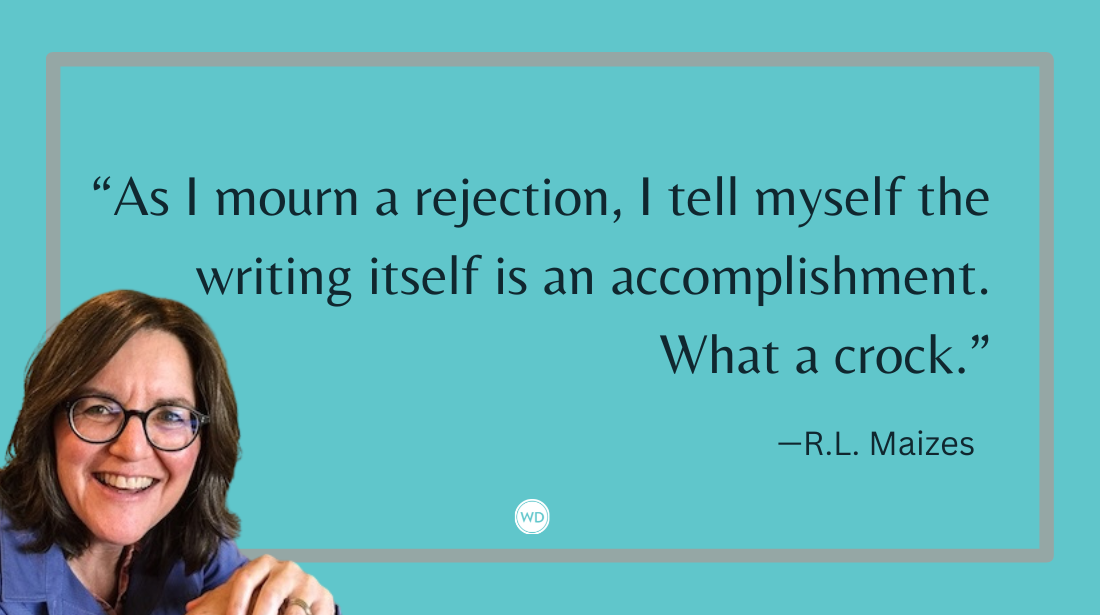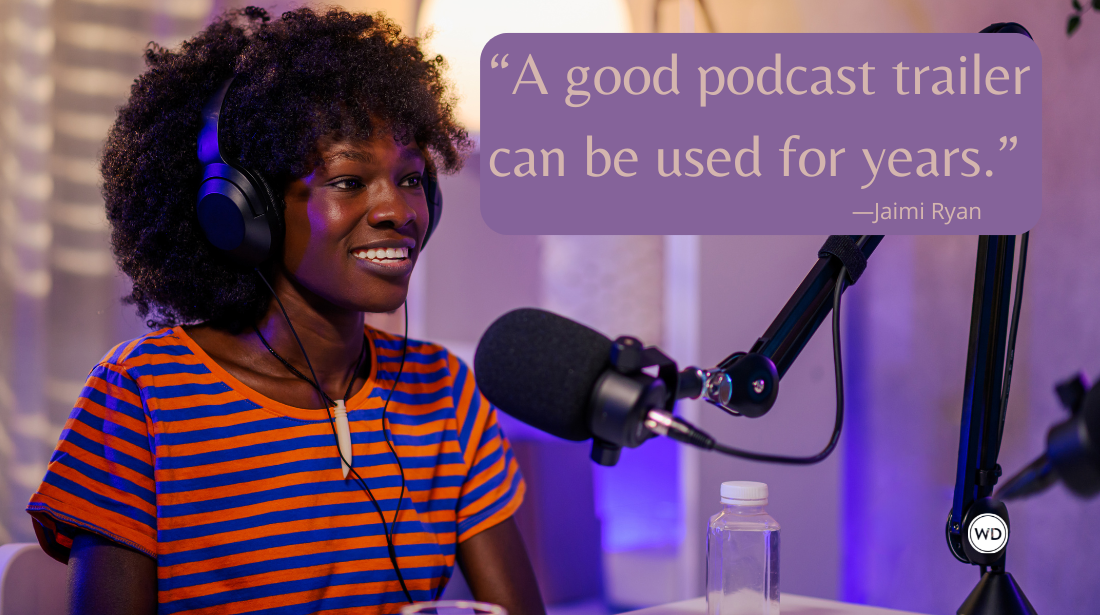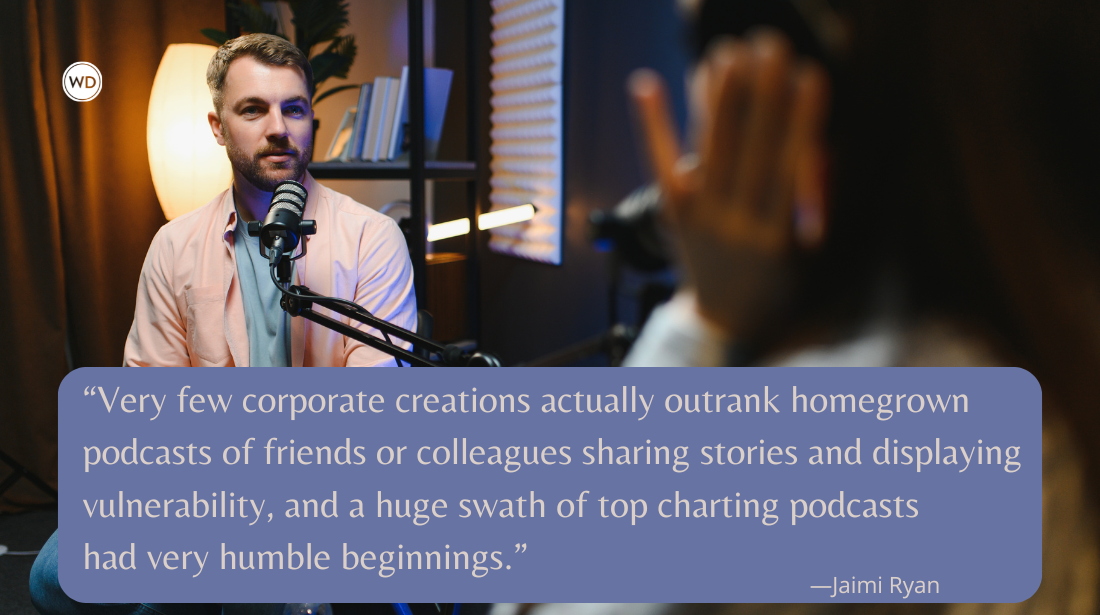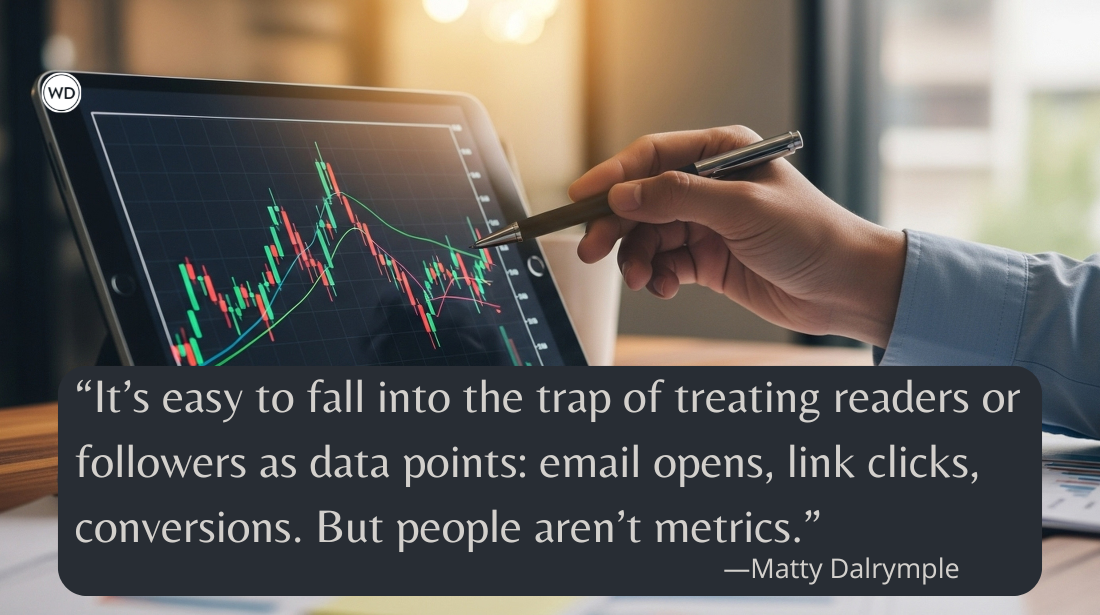How Book Advances Work: A Simple Explanation for Writers
Here’s the breakdown of what you need to know when signing a book contract that includes an advance, including what it means and how it works.
Q: What is an advance, how much is an average advance, and how does it work? —Phyllis C.
When a publisher is interested in acquiring a book manuscript, it usually offers the writer an advance against royalties, or advance for short. These payments come in all shapes and sizes, from $500 to millions of dollars, but the basic structure of an advance is the same industry wide.
An advance is a signing bonus that’s negotiated and paid to the author before the book is published. It’s paid against future royalty earnings, which means that for every dollar you receive in an advance, you must earn a dollar from book sales before you start receiving any additional royalty payments.
So, for example, if I were to receive a $10,000 advance with a royalty rate that works out to $1 per book sold (royalties are measured in percentages, but for the sake of this explanation let’s keep it simple), you would have to sell 10,000 books to pay off your advance. If your royalty rate worked out to $5 a book, you’d have to sell 2,000 copies. And so forth. After the publisher recoups your advance, it will begin to pay you royalties on subsequent sales based on the percentages outlined in the contract.
Advances are guaranteed (as long as you deliver what’s expected of you according to your contract), so even if your book doesn’t sell enough to earn back the advance, you don’t have to return the balance to the publisher.
Also, advance payments are generally paid in anywhere from two to four equal installments, often at significant milestones in the publishing process—when you sign the contract, when your complete manuscript is approved by the editor, when the book is published. If you have an agent, the checks are sent to her first and she takes her fee (typically 15 percent) and then issues the final check to you. If you don’t have an agent, the checks are sent directly to you.
*****
Brian A. Klems is the former Senior Online Editor of Writer’s Digest, and author of Oh Boy, You’re Having a Girl (Adams Media/Simon & Schuster). Follow him on Twitter @BrianKlems.









